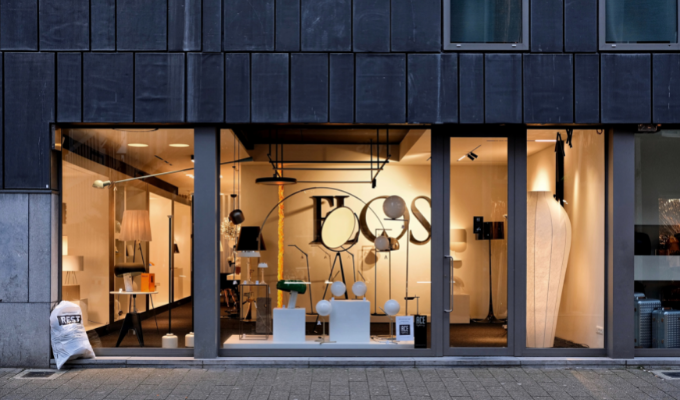How can businesses go green?

The debate on what and how businesses are becoming more environmentally sustainable should not begin and end on the annual Earth Day. Norfolk Chambers members have been making ‘going green’ part of the fabric of their company’s strategy so that this becomes integrated in everything they do.
Climate change and how businesses can reduce their impact on the world around us is not a new concept. Businesses have been saying for years that they are making changes – using sustainable materials, upping their recycling, sourcing locally to reduce their carbon footprint…
Back in January this year climate change and going green was one of the discussions at Norfolk Chambers of Commerce’s The Big Debate. We were joined (virtually) by Jonathan Denby Head of Corporate Affairs for Greater Anglia, Richard Buckingham Climate Change and Carbon Manager for Anglian Water, Dr Catrin Ellis Jones Stakeholder Engagement Manager – Offshore Wind for Vattenfall, and Duncan Baker MP for North Norfolk discuss how businesses can improve their carbon footprint and become more environmentally sustainable.
Highlights of the session included all saying that they are committed to a more sustainable future. Greater Anglia has made great strides in ensuring its future is green with the introduction of the fleet of new trains that are greener and cleaner for the environment.
As part of the debate, Jonathan Denby from Greater Anglia said: “Business should have a real commitment to reducing their carbon footprint. What can you do with recycling and energy saving? Build green issues into your decision making.”
Dr Catrin Ellis Jones from Vattenfall agreed: “We represent the sector that is having a big impact on lowering carbon emissions. It is our business strategy not just our sustainable strategy to lower carbon footprint.”
Anglian Water have also made good progress with reducing their carbon emissions. Richard Buckingham from Anglian Water said: “We have committed to net zero carbon emissions by 2030 and we have a target of using 44% renewables by 2025.”
For Earth Day 2021 we asked our members and wider Norfolk business community ‘if they could write a letter to Earth telling it what it is doing to secure its future what would you say?’
We had quite a few responses many talked about the little things they have changed in lockdown such as recycling more and walking instead of driving, which they plan to keep doing as we gradually get back to ‘business as usual’. For others, it is about doing more creative practices in order to evoke positive change. The Cambridge Norwich Tech Corridor tweeted that businesses in the tech corridor are ‘using brewing waste to power homes, using seaweed to replace plastic and turning coffee back into coffee cups’.
Talking about the quick wins a company can do right now, Director of the History of Advertising Trust Richard Powell said: “The easy stuff is what a company can see on the bottom line: use LED light bulbs, turn off the lights (8/10 times we don’t need them on we have just got used to them being on), water savings, recycling, looking at travel… how much have you saved in lockdown? Do you need all those journeys now? If so, can you do them on an office cycle in the summer months? Does your office have a couple of electric bikes? Also ask your employees for their suggestions.”
So how can we make sure that environmental sustainability is more than just hot air? How can we ensure businesses implement this seriously into their business strategies in order to make positive change?
Thoughts from The Big Debate earlier in the year pointed towards a few key strategies:
• Business incentives to make change happen. Meeting key targets with incentives to implement certain things could help businesses go green.
• The incentives in building new eco-friendly homes should also be in place for retrofitting old houses, besides the green homes grant. We also need to look at what materials we build houses from – bricks, steel and cement are not environmentally friendly options.
• Small steps can make a big difference. Businesses can switch to a greener energy supplier, make sure that when they look to invest in a new vehicle go electric.
• Supply chains can also be looked at in terms of sourcing products and supplies locally, or at least from the UK.
Finally, we need to start shouting about what Norfolk businesses are already doing and are planning to do so that others follow. Just take a look at the great work Vattenfall is doing with offshore wind, or Norwich Research Park and UEA with their research and development into more sustainable food sources. Make sure you let us know what your business is doing so that we can share your stories far and wide!





















